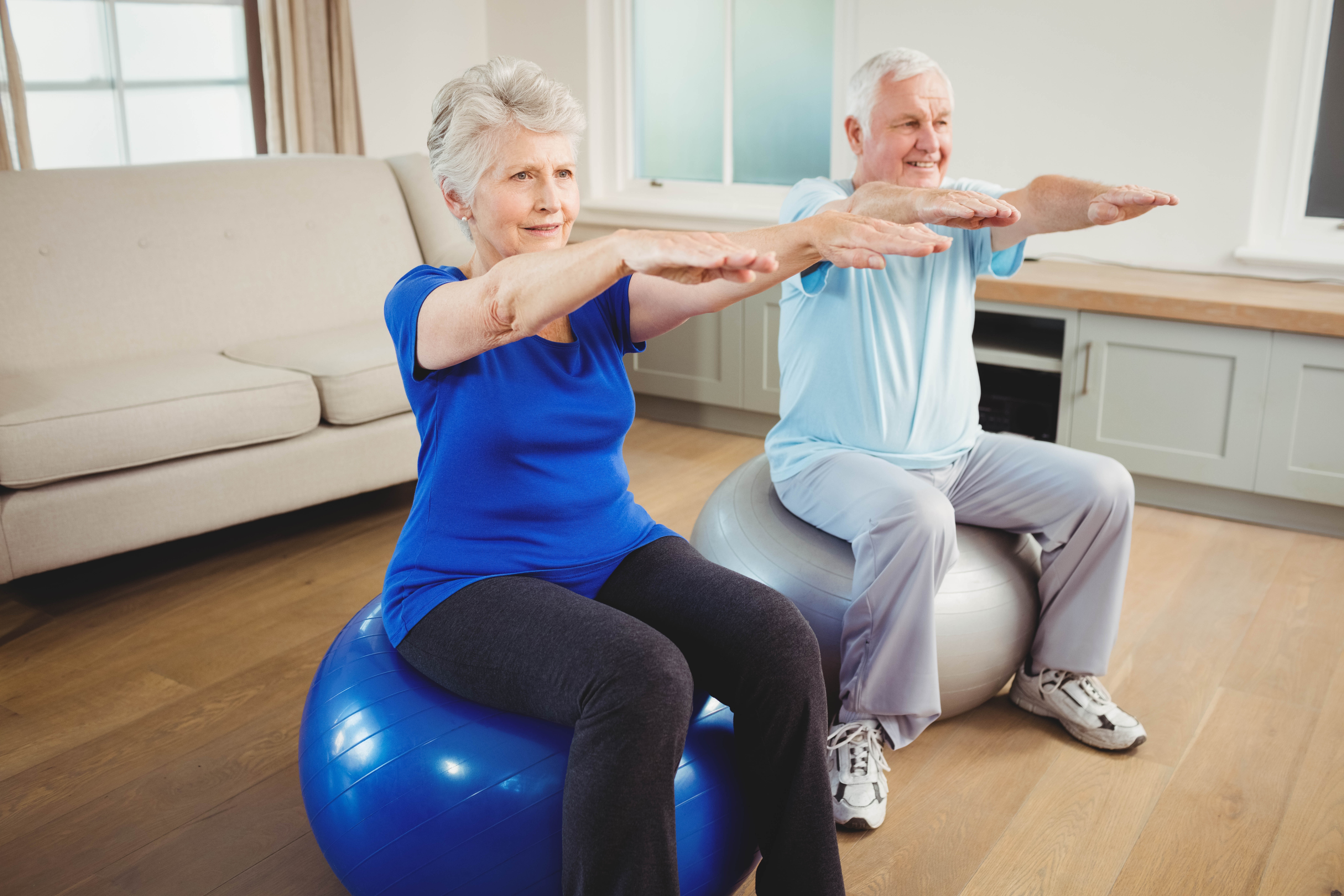 When is it Too Late in Life to Exercise?
When is it Too Late in Life to Exercise?
It’s never too late to take exercise. While in later life your exercise regime won’t be the same as for younger people, it’s still important for your health. Even if you’ve never exercised before you can enjoy regular workouts. Keeping fit and healthy prolongs life, supports independent living, and improves mood.
The Positive Power of Exercise in Later Life
Whatever exercise you adopt, it will help you in several ways. Living an active life can help you off-set many of the problems of aging. It will help you keep strong and flexible, support a healthy weight, avoid disease, and keep cheerful.
Maintain Muscle Mass
As people age, they lose muscle mass. Regular workouts help counteract this effect, rebuilding muscle tissue. Resistance training combined with stretching will keep you strong and flexible as you age.
Burn Fat and Boost Metabolism
As you get older, your metabolism slows down and you may put on weight. Regular cardiovascular exercise helps burn excess fat and keeps you trim. If you do resistance training too, the added muscle will also burn more calories and help you keep a healthy weight.
Fight Disease
Scientific research shows that you can reduce or avoid the risk of many of the diseases associated with aging by living an active life. Heart disease and high blood pressure, stroke, diabetes, osteoporosis, and even Alzheimer’s disease are all less likely if you exercise. Working out boost metabolism and keeps your immune system in good shape.
Exercise and Mental Health
If you exercise you are more likely to feel positive about yourself. One risk as you age is the possibility of social isolation and depression. Exercise can also get you out and about with other people.
What Exercise To Do?
Whatever your age when you start exercise, your needs will be different to those of someone else. Before starting any new exercise regime, it’s a good idea to see your doctor for check-up and get clearance. A session with a training or fitness advisor can be a helpful start. If you haven’t exercised for a while, you should always start with something easy and build up to harder activities as you improve your fitness. To reach optimum health, besides eating a healthy, balanced diet, you should include the following in your regime:
Cardiovascular Exercise
Cardiovascular exercise is any activity which increases your heart rate and warms you up. Fast walking, gentle jogging, skipping rope, swimming, and gymnastics are examples of cardiovascular exercise. “Cardio” improves heart health, burns calories, and oxygenates your brain. Plug your earphones in or turn on the stereo and dance to your favorite music. Get lost in the music and just dance.
Resistance Training
Resistance training involves lifting weights or doing body-weight exercises. You don’t have to aim for bodybuilding to enjoy resistance work. Weight training builds muscle and strength and helps keep you trim. Body weight exercises such as push ups, lunges and squats can be done at home. Once you have mastered the basics you can add weights or resistance bands.
Flexibility and Balance
Exercises for flexibility and balance may include stretches and activities like yoga, tai chi, and Pilates. Keeping flexible helps you with everyday activities like gardening or housework besides decreasing your risk of injury during other exercises. Working on balance helps avoids risks associated with falling.
Functional Training
Workouts can be non- traditional when you add in functional training. Sit to stand, wall pushups, and climbing stairs are bodyweight functional exercises you can start at home without equipment. The objective of these exercises is to get you moving in ways that you normally move when going about you daily life. For instance, sit to stand. I am sure you are already standing from a sitting position. You can do it even when you are watching TV. Here is how to do it. Proceed to sit with the back of your legs against the chair. Push your butt out in a squat and lower your body. Your butt and leg muscles will be activated. Push up with your legs to stand all the way up before hitting the seat. You will feel your legs working . If you need to hold on to the arm rest, you can. Repeat 8 times to start. Its important that your form is good. Therefore, practice as much as you can.
Experiment and Explore
Experiment and explore several exercise options. Low-impact exercises which don’t involve jumping and pounding are better for your joints. Walking, jogging, swimming, dancing, cycling, and racquet sports are all good options for cardiovascular exercise. Weight training under proper supervision is a good idea. Yoga, tai chi, and Pilates help with flexibility and mental health. It’s up to you how much of each you do and it can be a good idea to vary your routines to stop you getting bored. Exercising in a class or with your friends brings you physical, psychological, and social benefits.
Should You See Your Doctor?
It’s a good idea to see your doctor before you take up any new form of exercise. Your medical practitioner can advise you of any precautions you may need to take based on your current health profile. If after you exercise you experience chest pains, dizziness, nausea or any other unpleasant symptoms, talk to your doctor as soon as possible. In most cases, it will be nothing to worry about but it’s as well to be sure.
Live Strong, Live Long
Unless you have been an athlete all your life as you age your body will slow down and you won’t be able to exercise as intensively as a younger person. But that doesn’t mean you should stop altogether. With the right exercises and at the right pace, keeping active is always a good plan, whatever your time of life. And it’s never too late to start.
